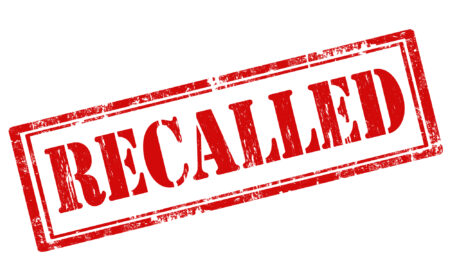I had a talk with someone on LinkedIn regarding healthcare supply chain cost drivers. There are actually two supply chains in healthcare (more if you consider pharmaceuticals): one for commodity supplies, which are primarily handled through distributors, and one for specialty or Physician Preference Items (although many of the items that have traditionally been PPIs are becoming more commoditized, like drug-eluting stents), which are typically handled by the manufacturers.
In the healthcare field there are roughly four areas of activity that involve supply chain or inventory management: (a) Purchasing and contracts; (b) Logistical delivery, handling, and distribution; (c) Utilization and inventory control, and (d) Reordering, invoice, and payment processing. And the administrative activities and data management (or lack thereof) differ greatly depending on the type of product you’re talking about.
Although most hospitals have Enterprise Resource Planning (ERP) systems, those systems either don’t handle all aspects of supply chain/inventory management or they do it poorly. For instance, they don’t manage contract compliance – hence other tools are available for that. They also don’t capture utilization data, so other tools are available for that as well. Additional tools are also needed to deal with the huge diversity of vendors. To bring all of the pieces together and manage this complexity well, you need the right expertise, resources, and technologies – beyond what any one system can do. Most healthcare organizations have traditionally not required that the role of materials management or supply chain encompass this big picture. This is definitely changing now, but it will take some time. Hospitals and IDNs are starting to bring supply chain execs from outside the healthcare field, as well as beginning to hire MBAs. I’m glad to see this trend toward real business management.





